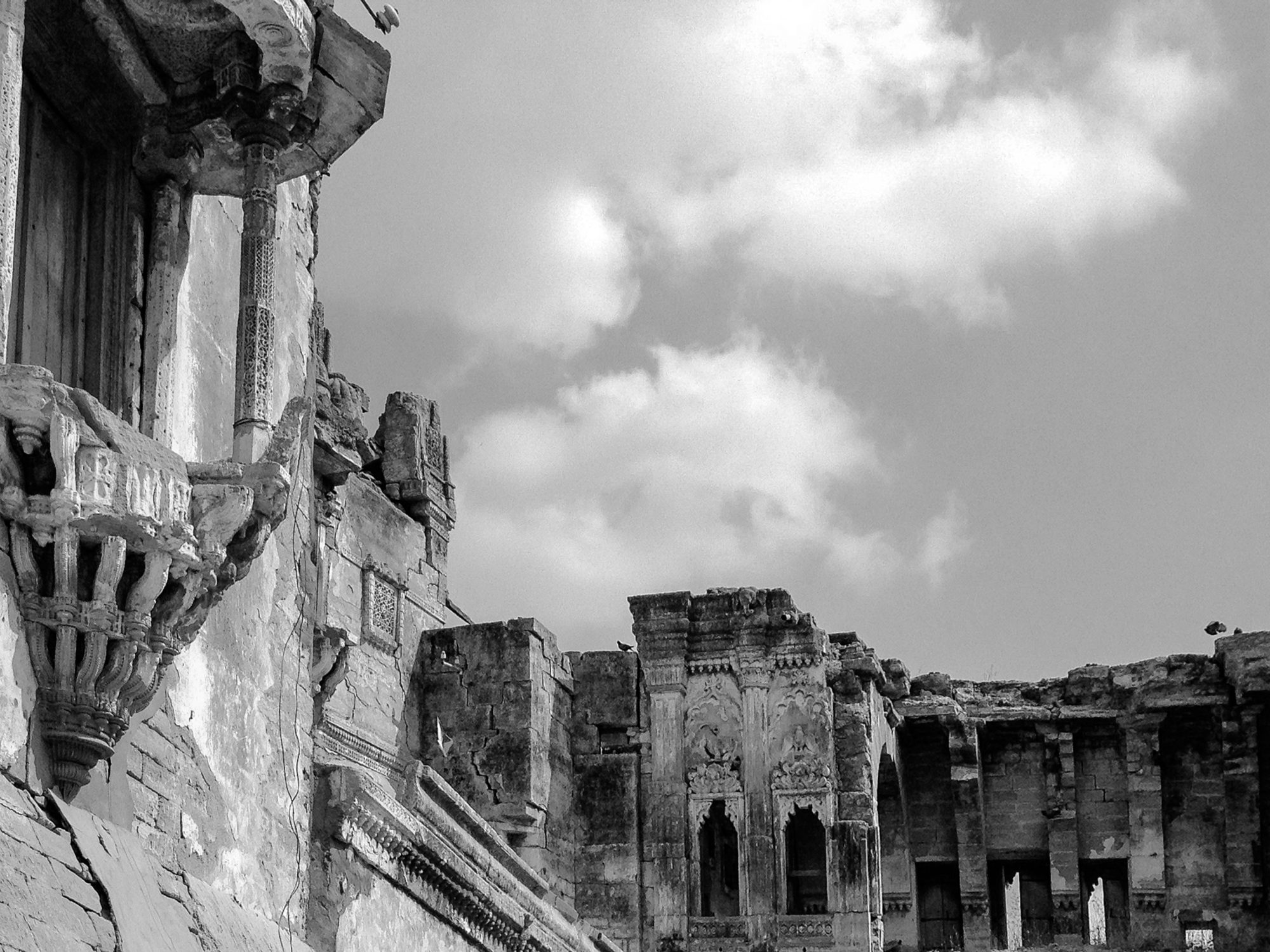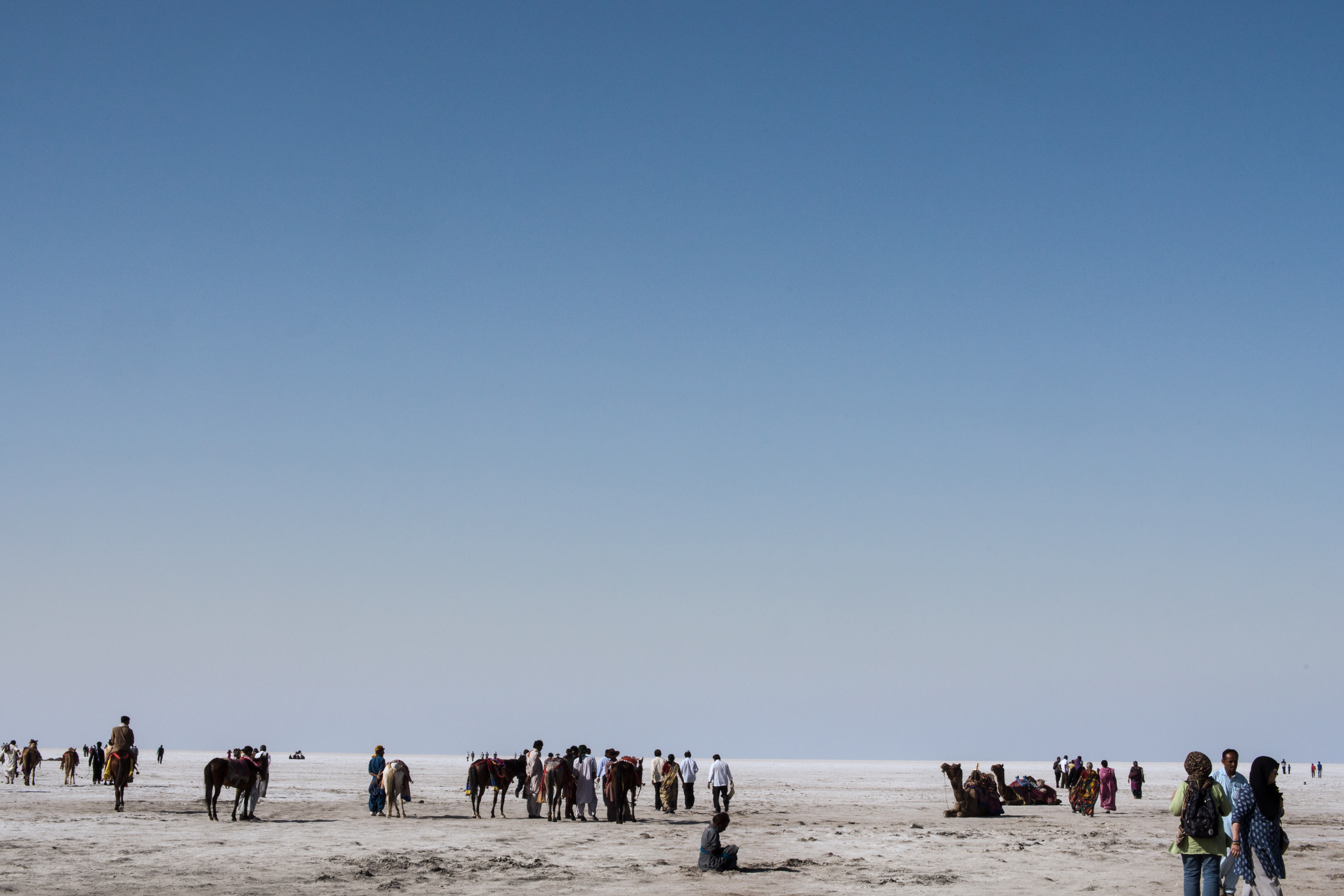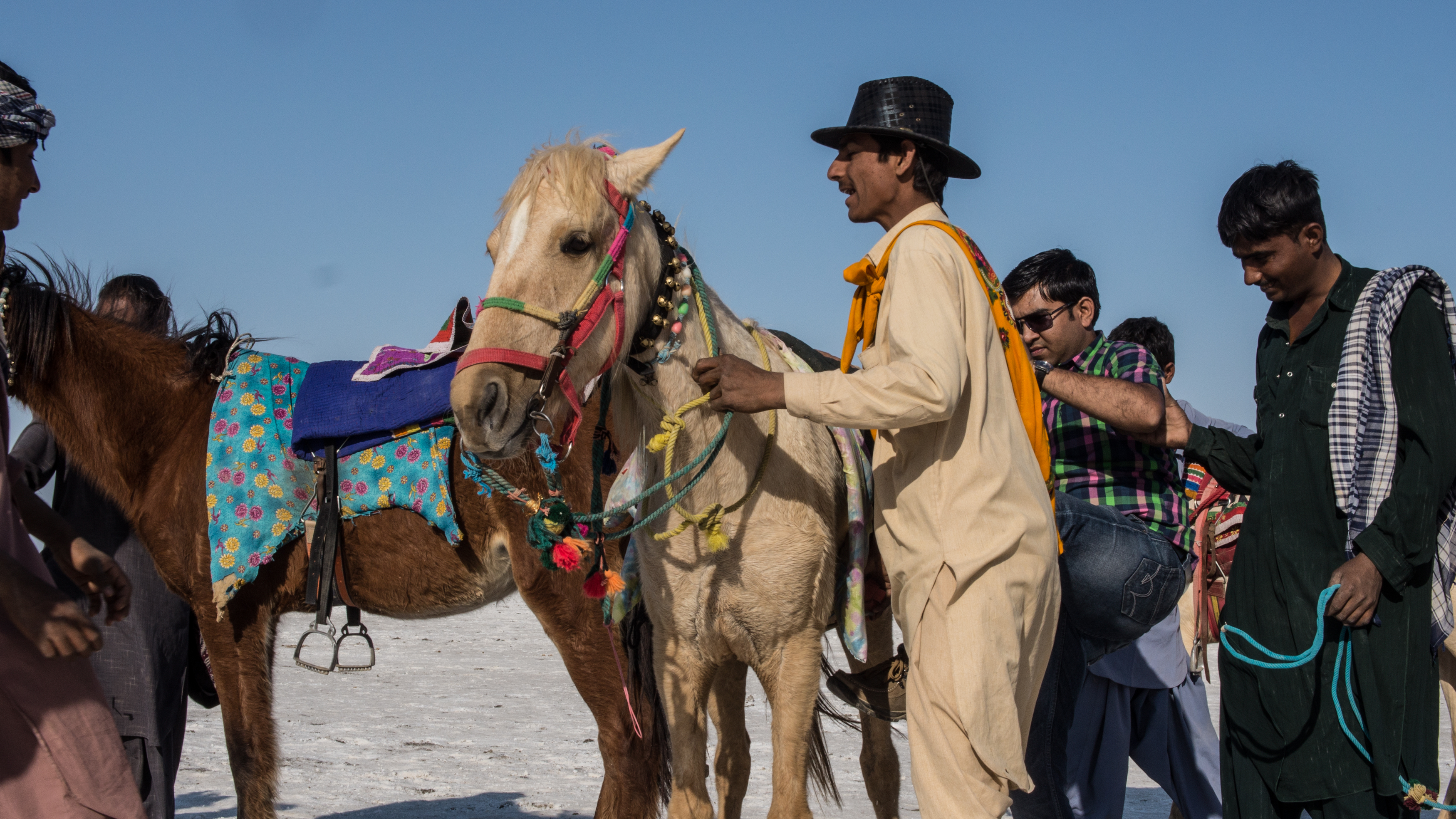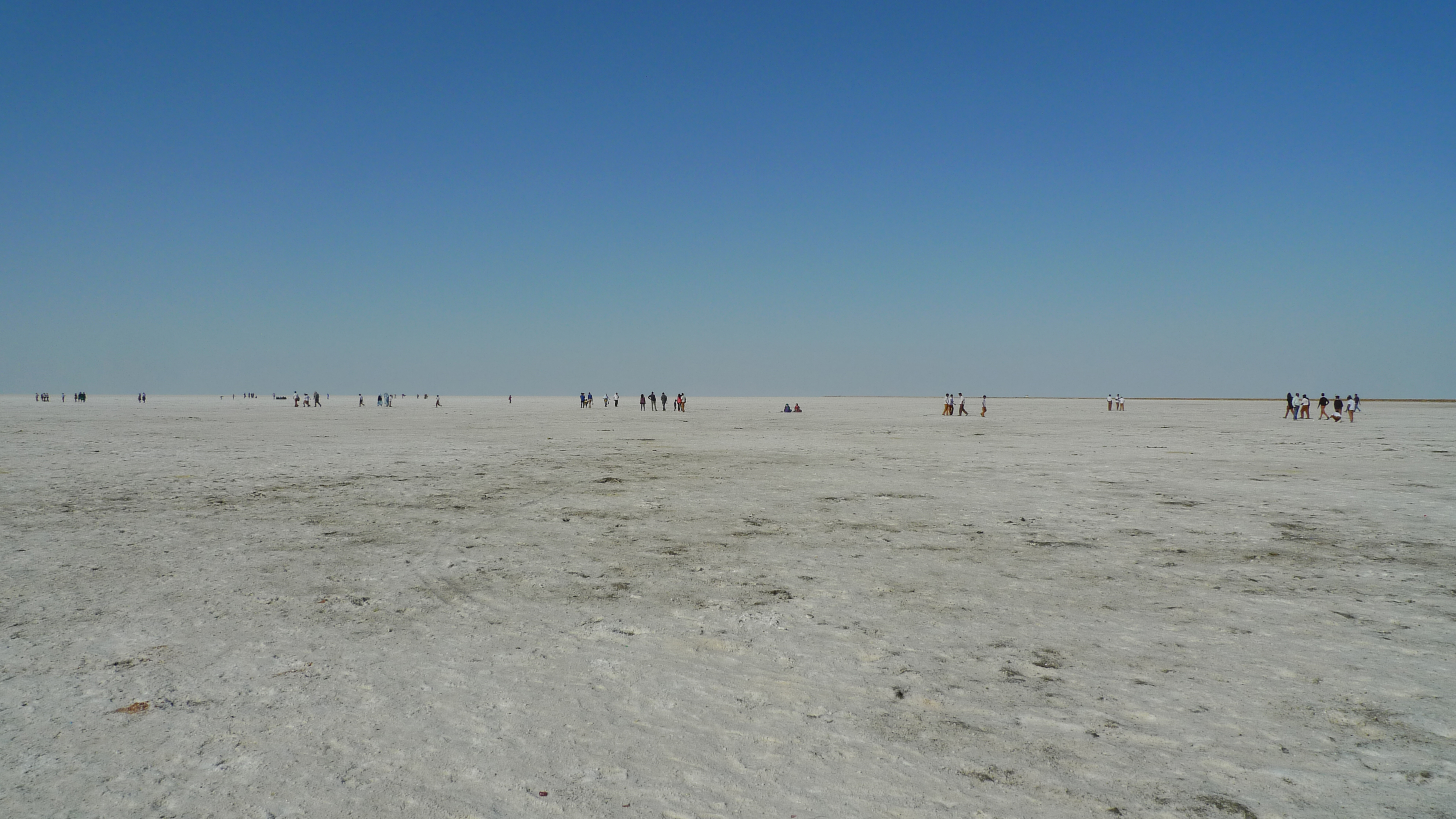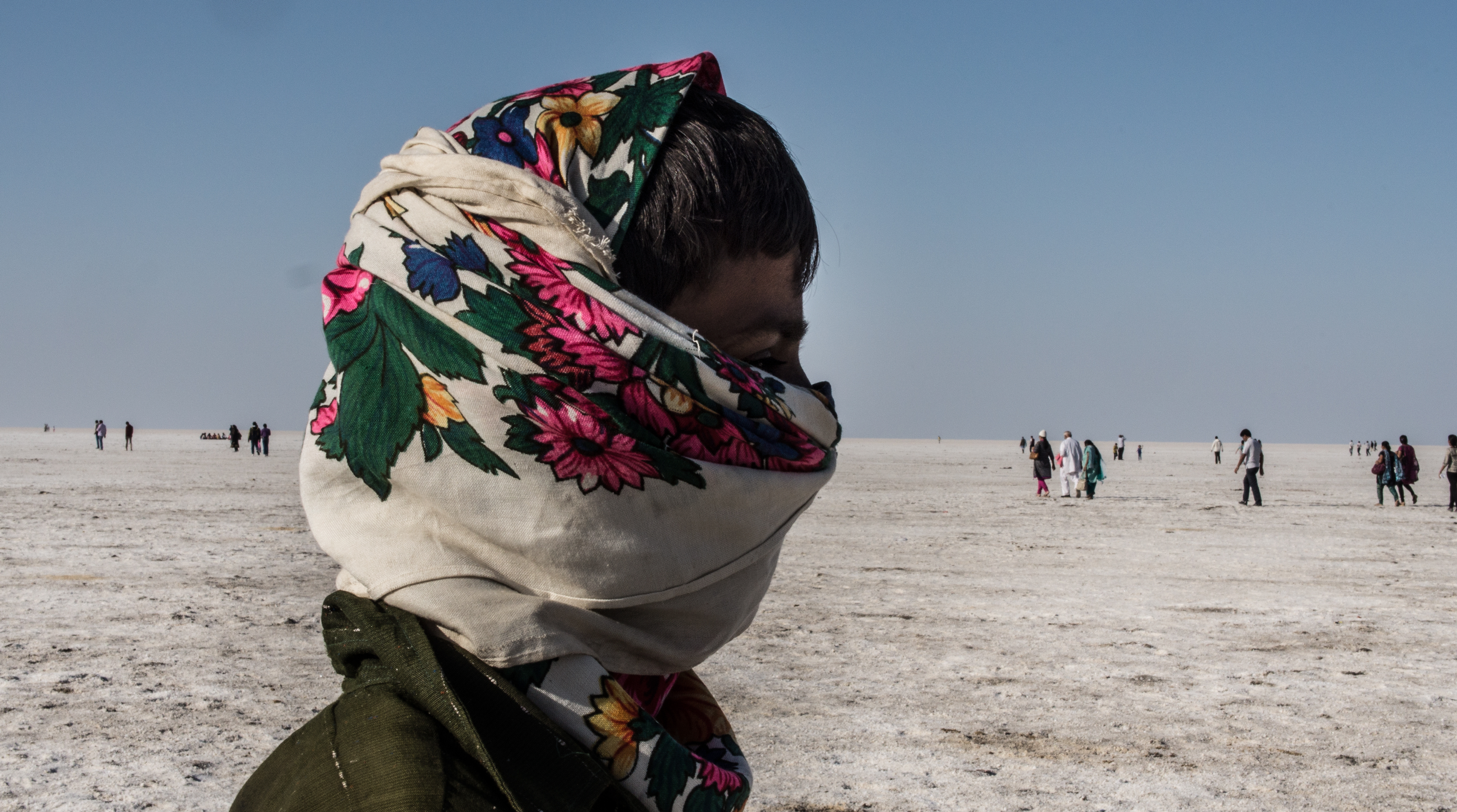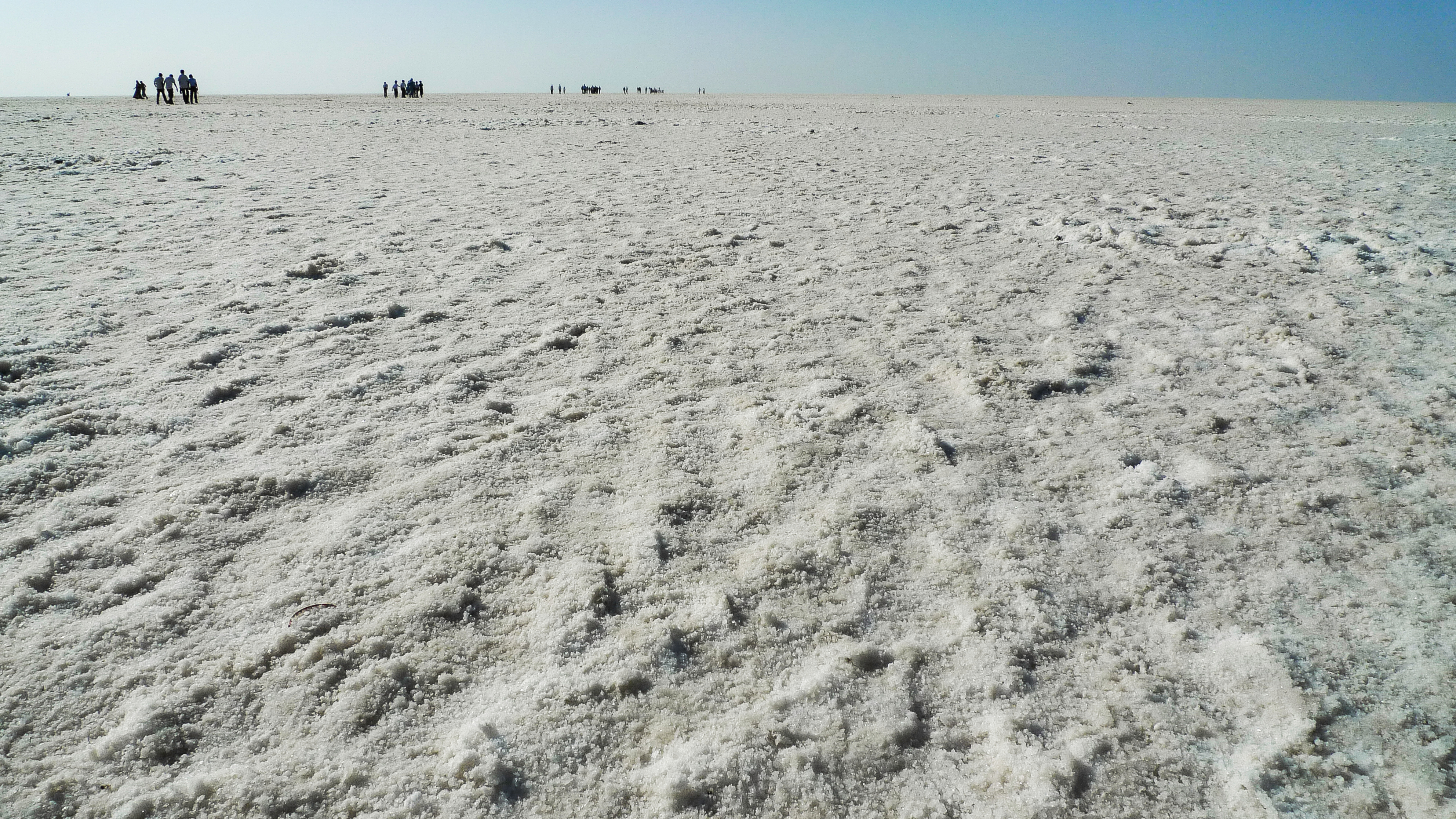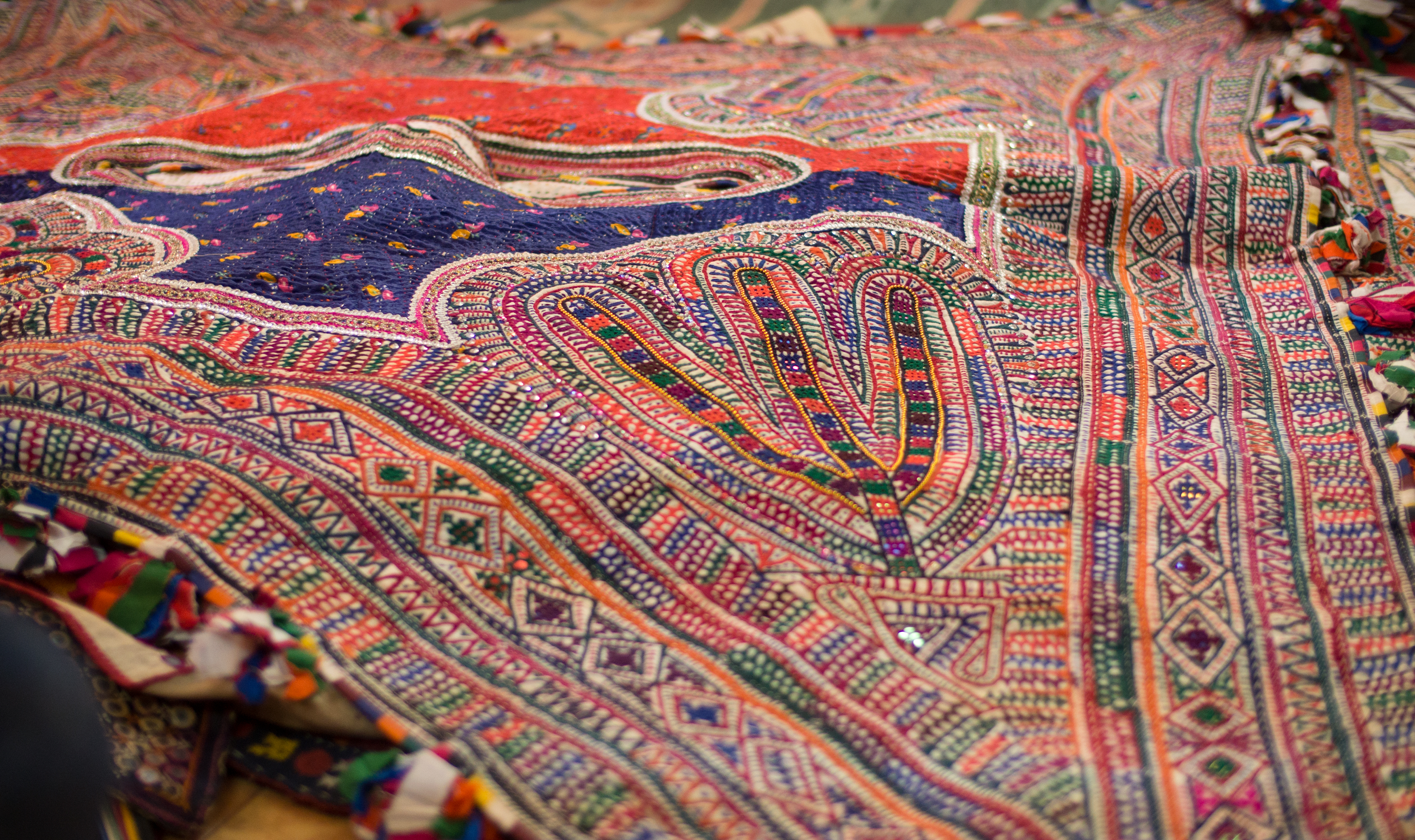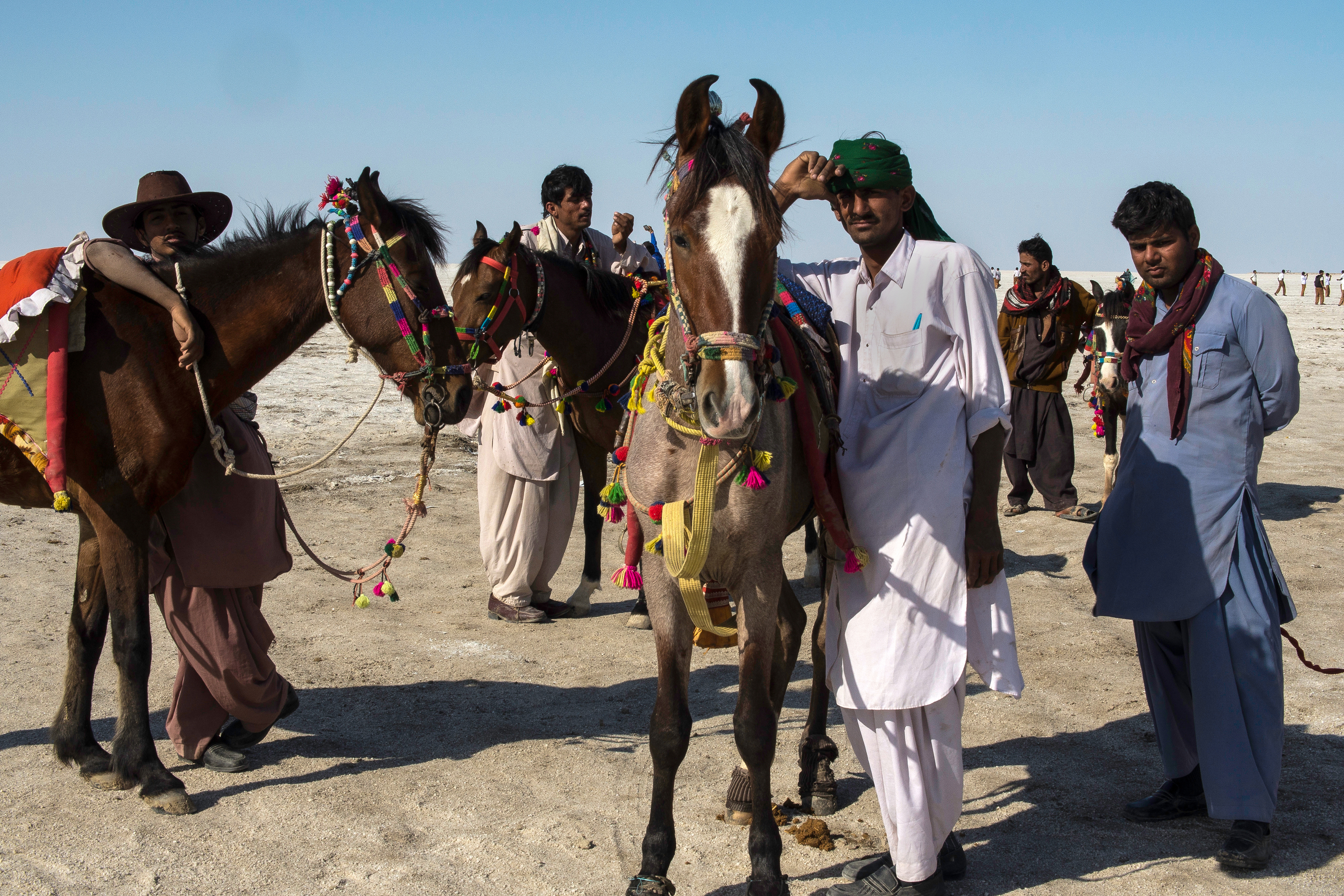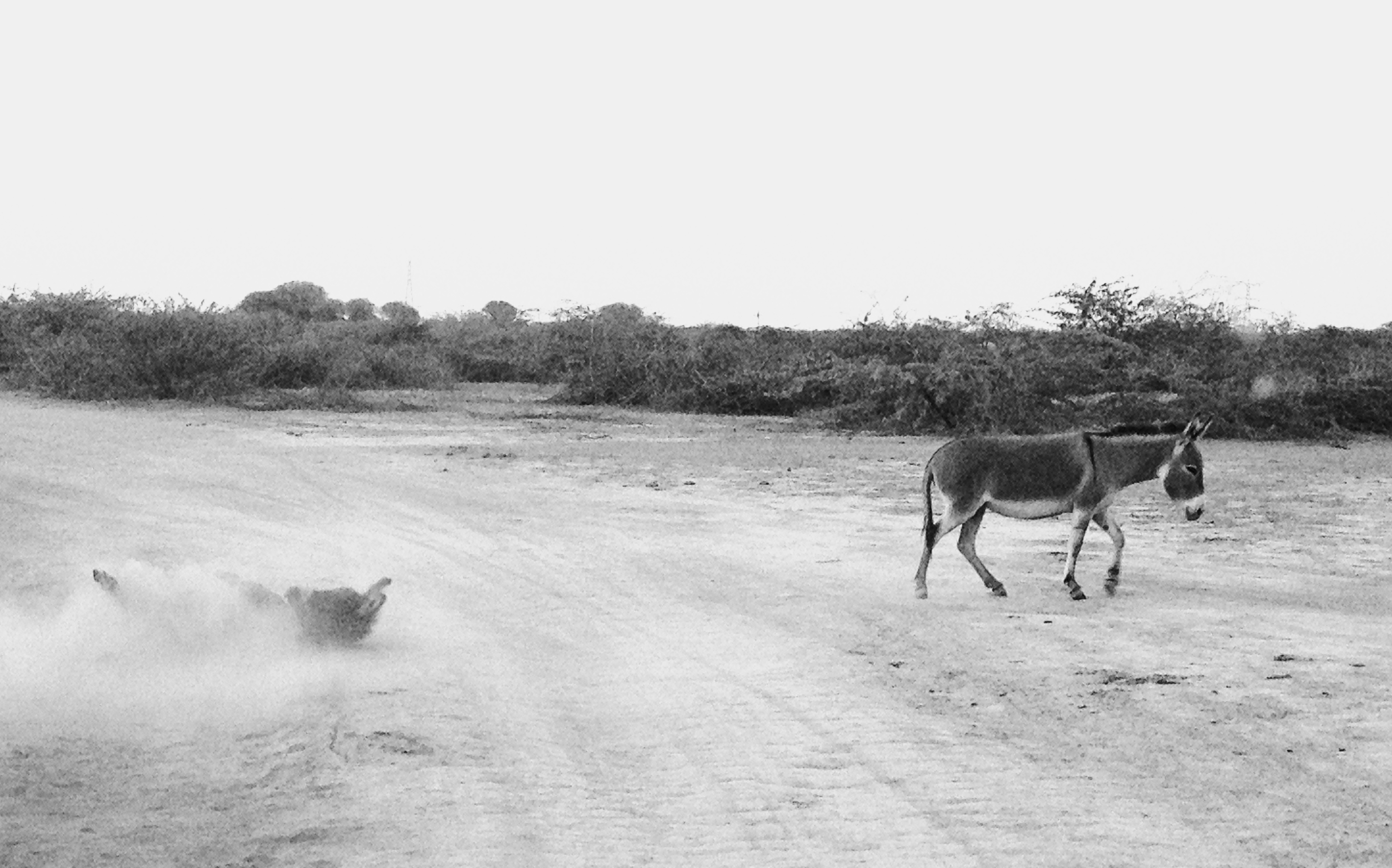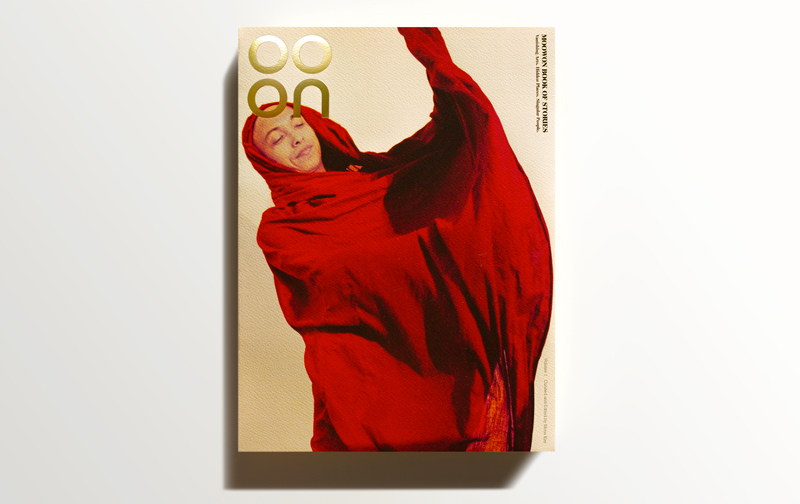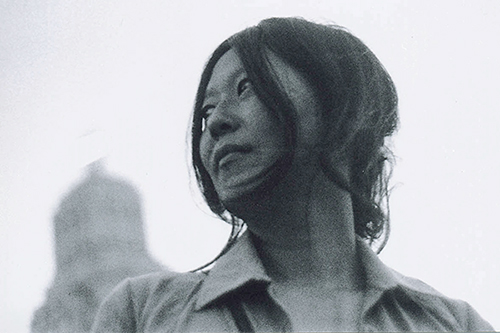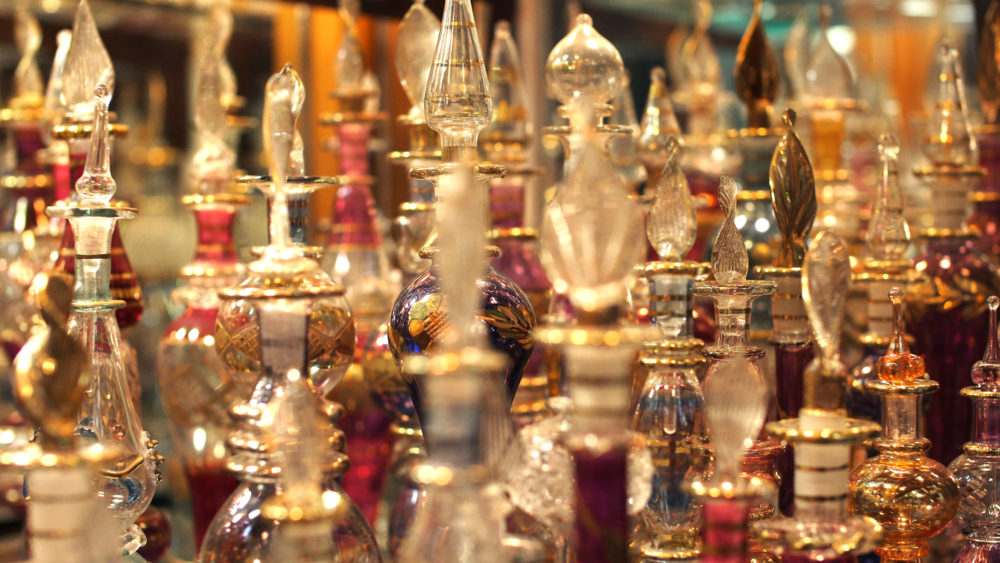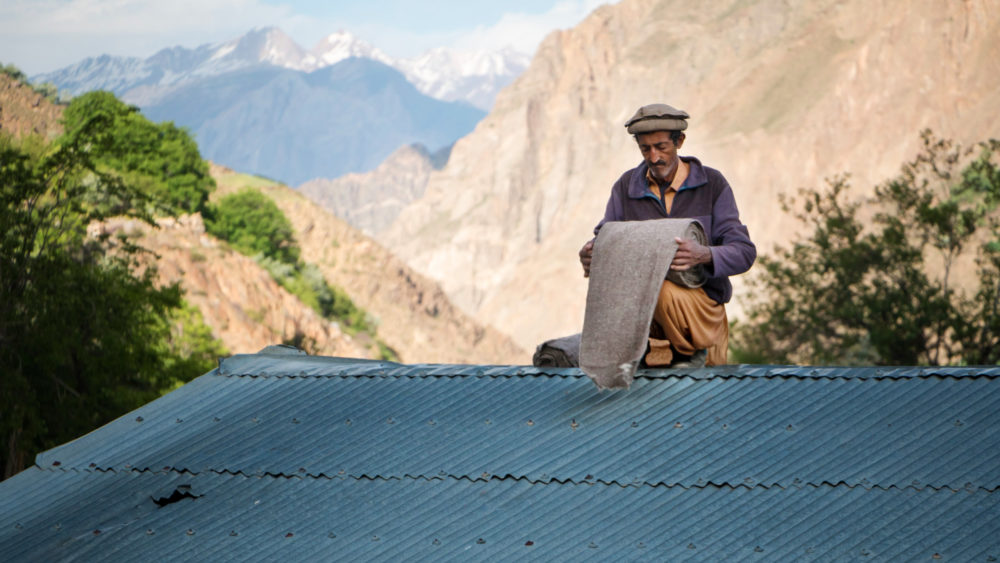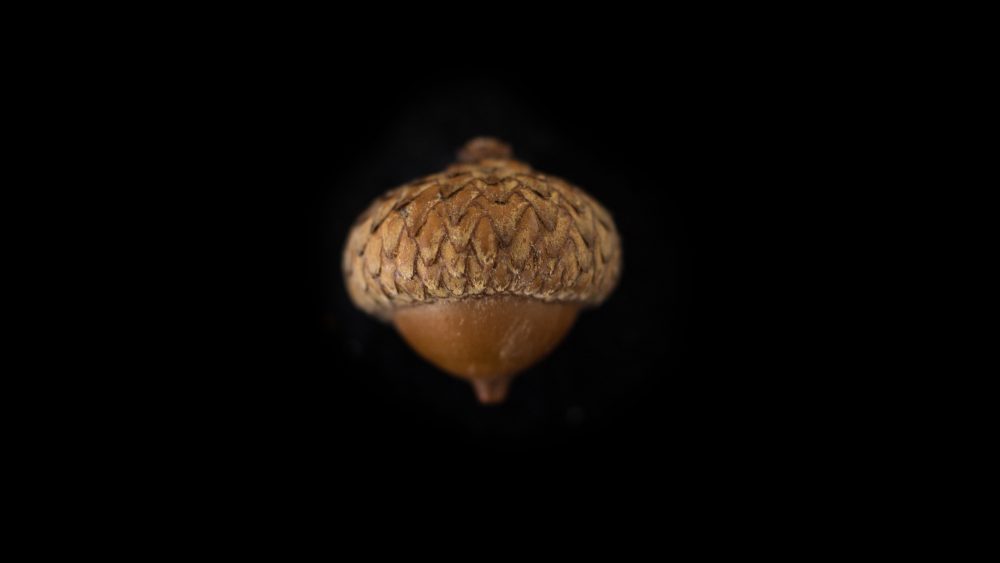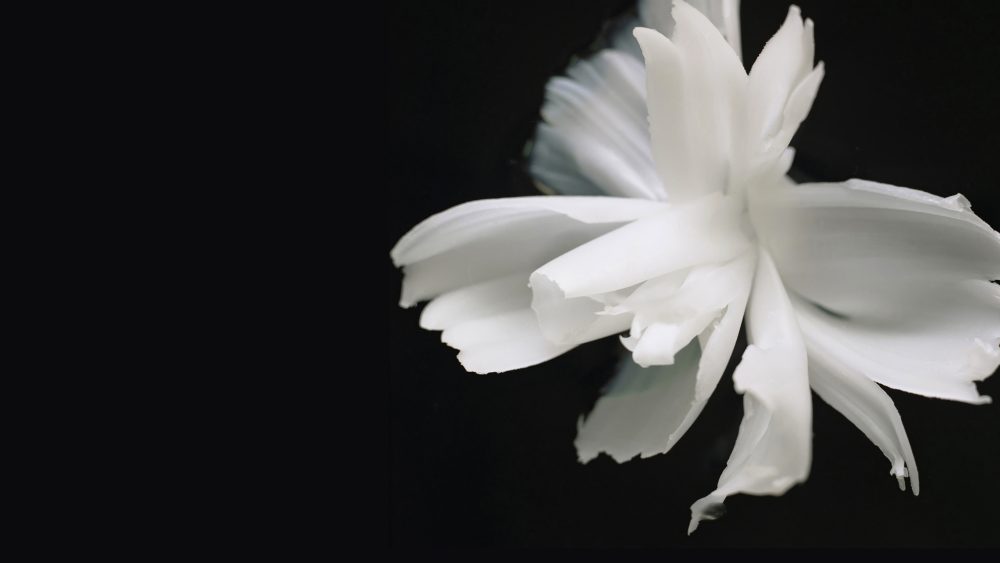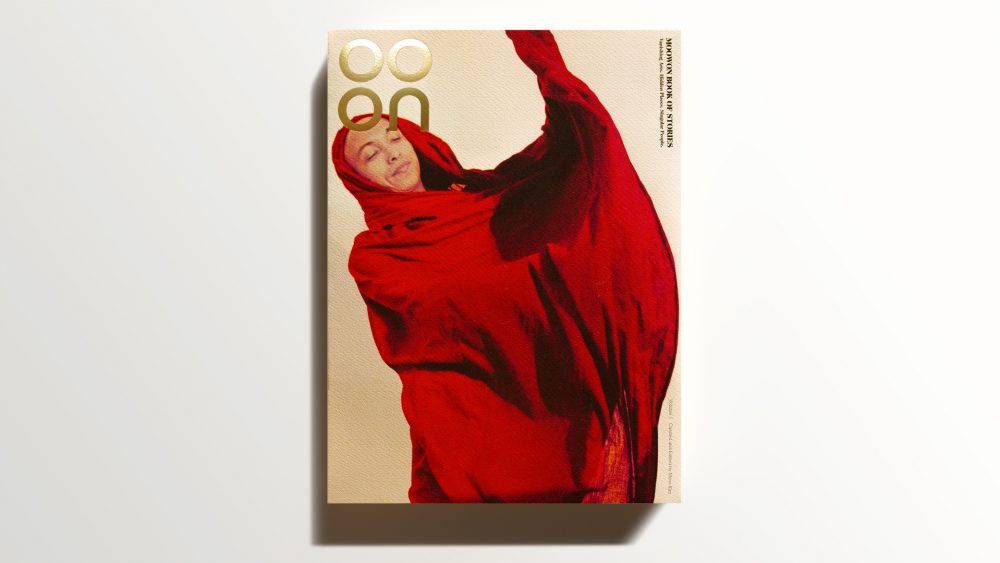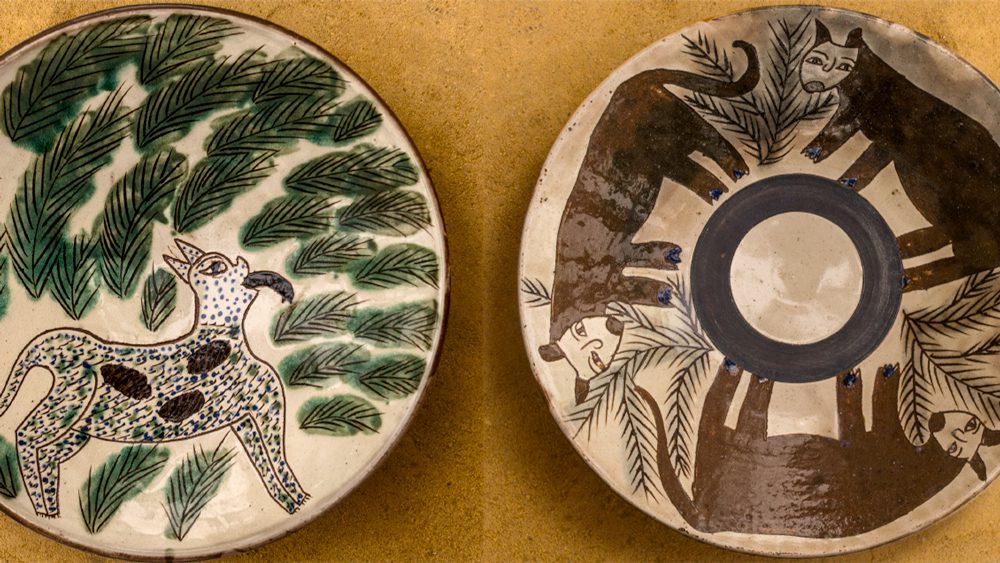"Bhuj, the capital of the Jadeja Dynasty, was established in 1510. Legends say that the Earth rests on the head of a snake. The first king chose a location on which he wanted to build his empire. He began to hammer a nail on the chosen spot to make the earth stable on the snake's head. One of the king's courtiers asked the king if he was certain that the chosen spot was placed on the head of the snake. The now doubtful king began to remove the nail. And as he did so, the ground began to bleed, this is when he realised he had in fact dug a nail into the head of the snake. So he dug the nail deeper into the ground little knowing the snake had moved. The earth was now fixed onto the tail of the snake. The people of Bhuj believe that the constant movement of the snake causes earthquakes in this region."
– Transcribed from Aina Mahal Palace, Bhuj
Bhuj was once a city of extraordinary beauty that endured destructive earthquakes. Upon arriving at the flat dusty edge of the town and into Dabargadh, its historic center, one cannot help but be struck by remaining visual scars. Initially, the mind's eye needs effort to patch together and reimagine its past splendor. Heart sinks at the thought of the magnificence lost, the people who needed to rebuild their lives after the devastating earthquake of 2001. Yet, it takes a mere 24 hours of patience to scratch away at the surface to unearth its sense of resilience and profound pride in its rich cultural heritage and ancient lineage of artisans. Its essence had been preserved. Life had rebuilt itself. The bazaar awakens to the early mornings typical of anywhere in India, retreats to its afternoon siesta at the height of day, and reawakens to its chaotic frenzy. This town, seldom visited by outsiders, slowly starts to reveal its magnetism.
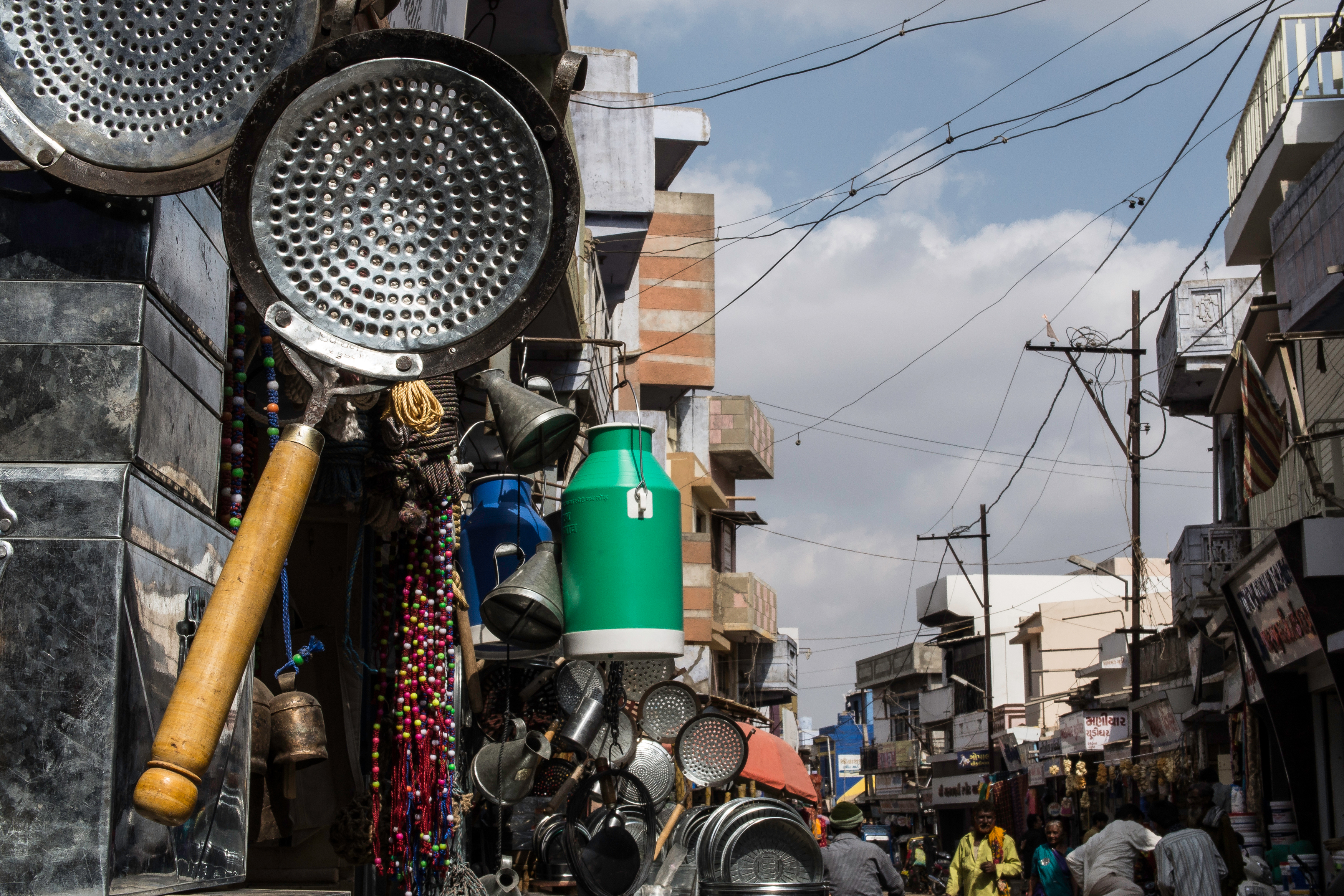
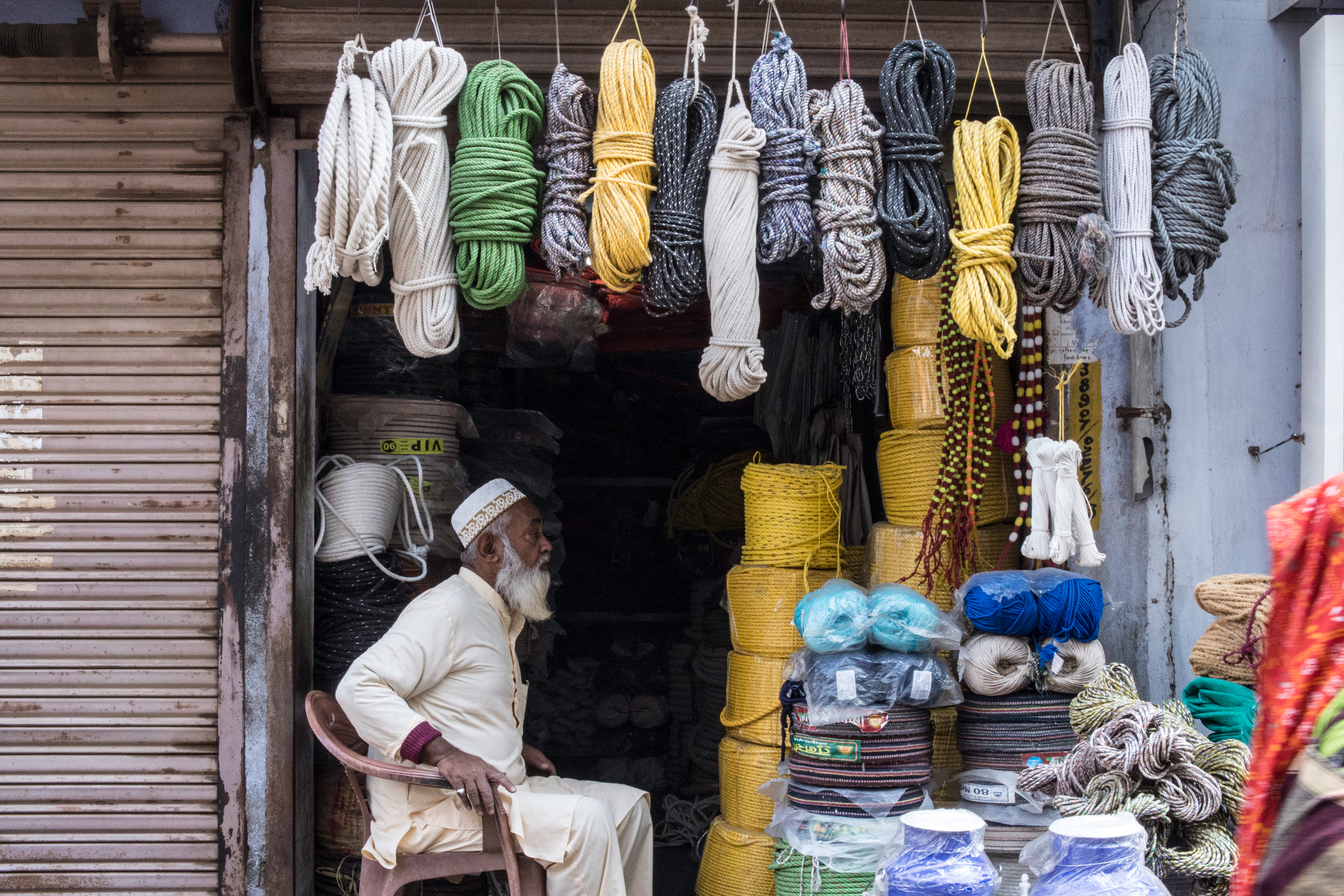
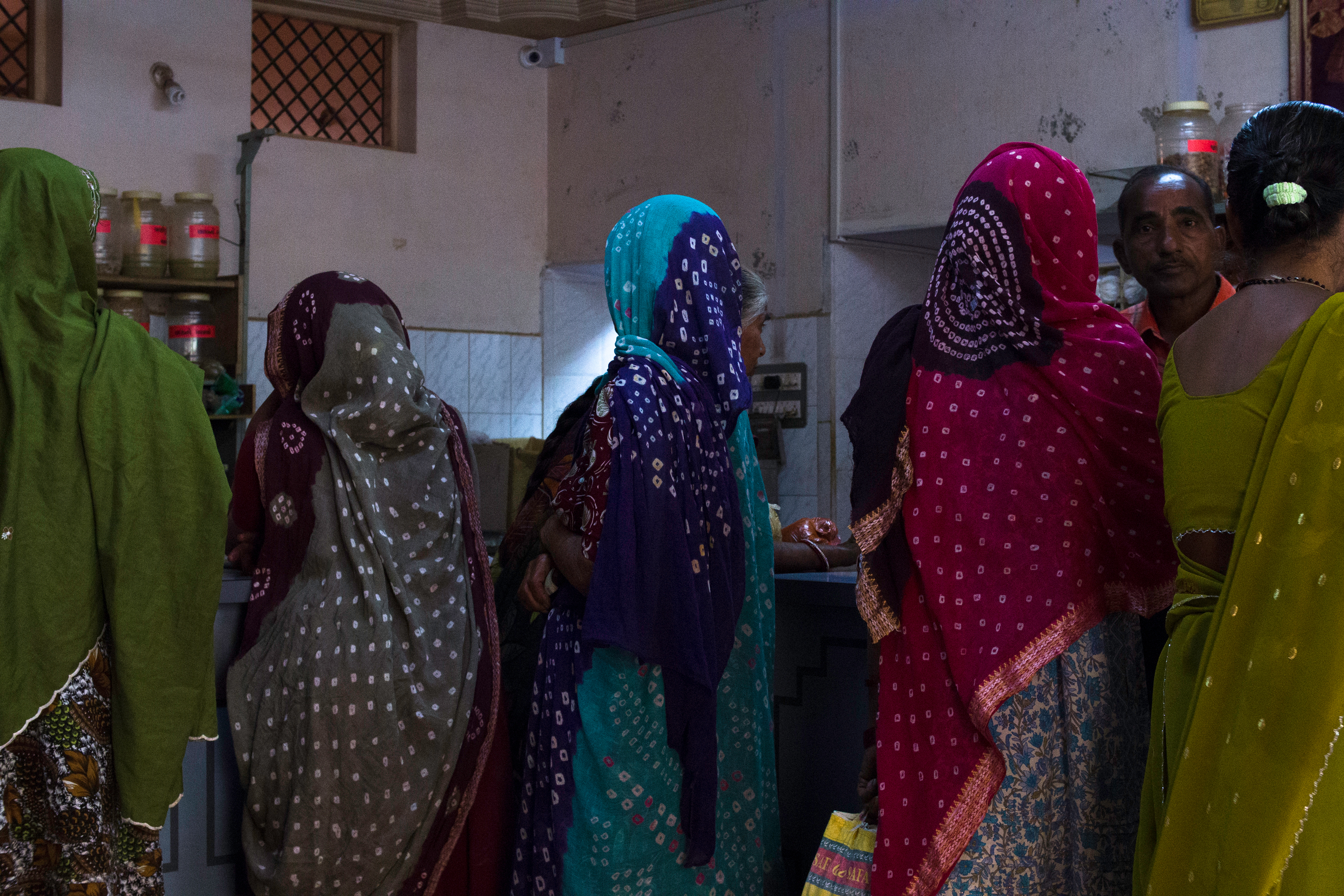
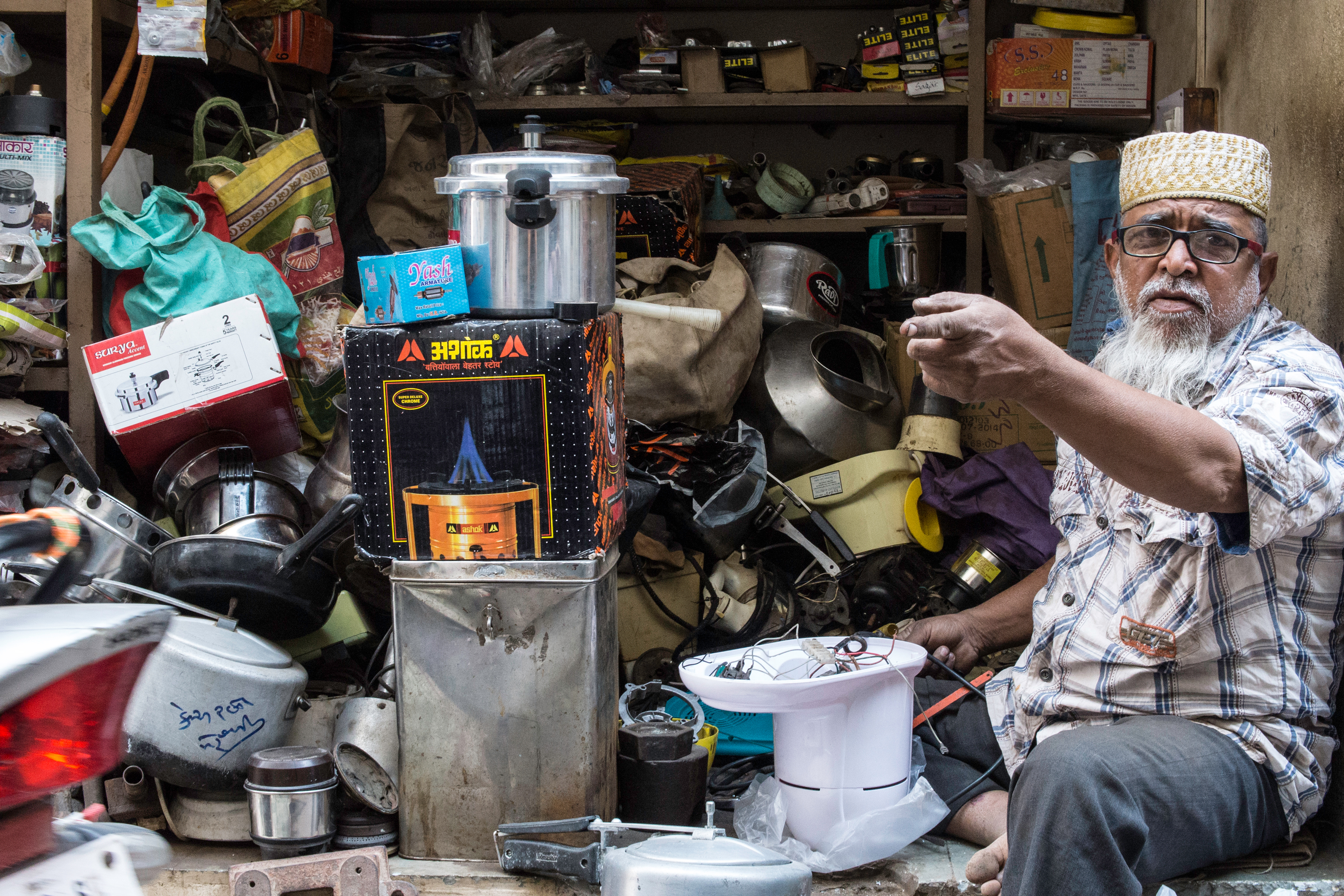
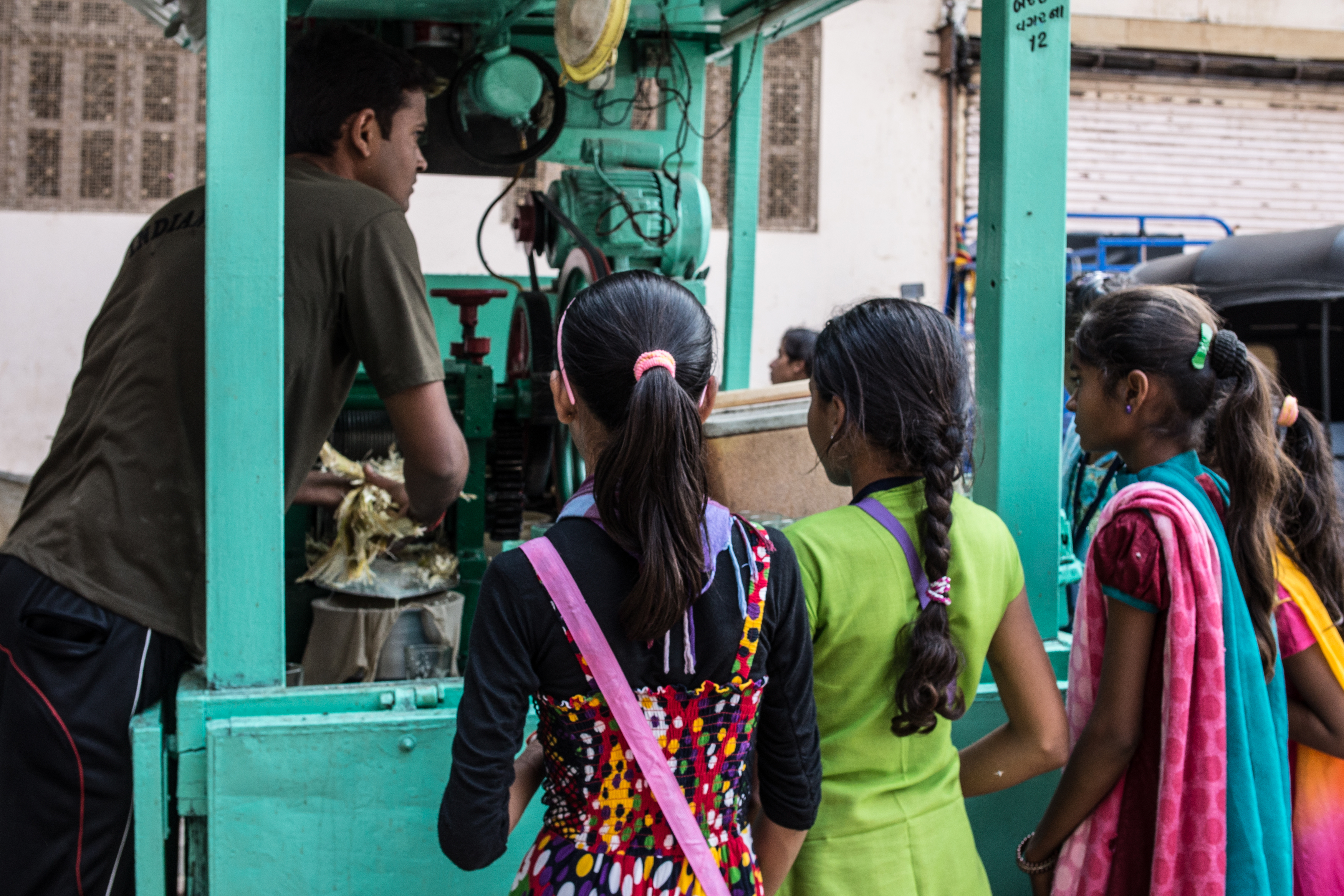
Great Rann
of Kutch
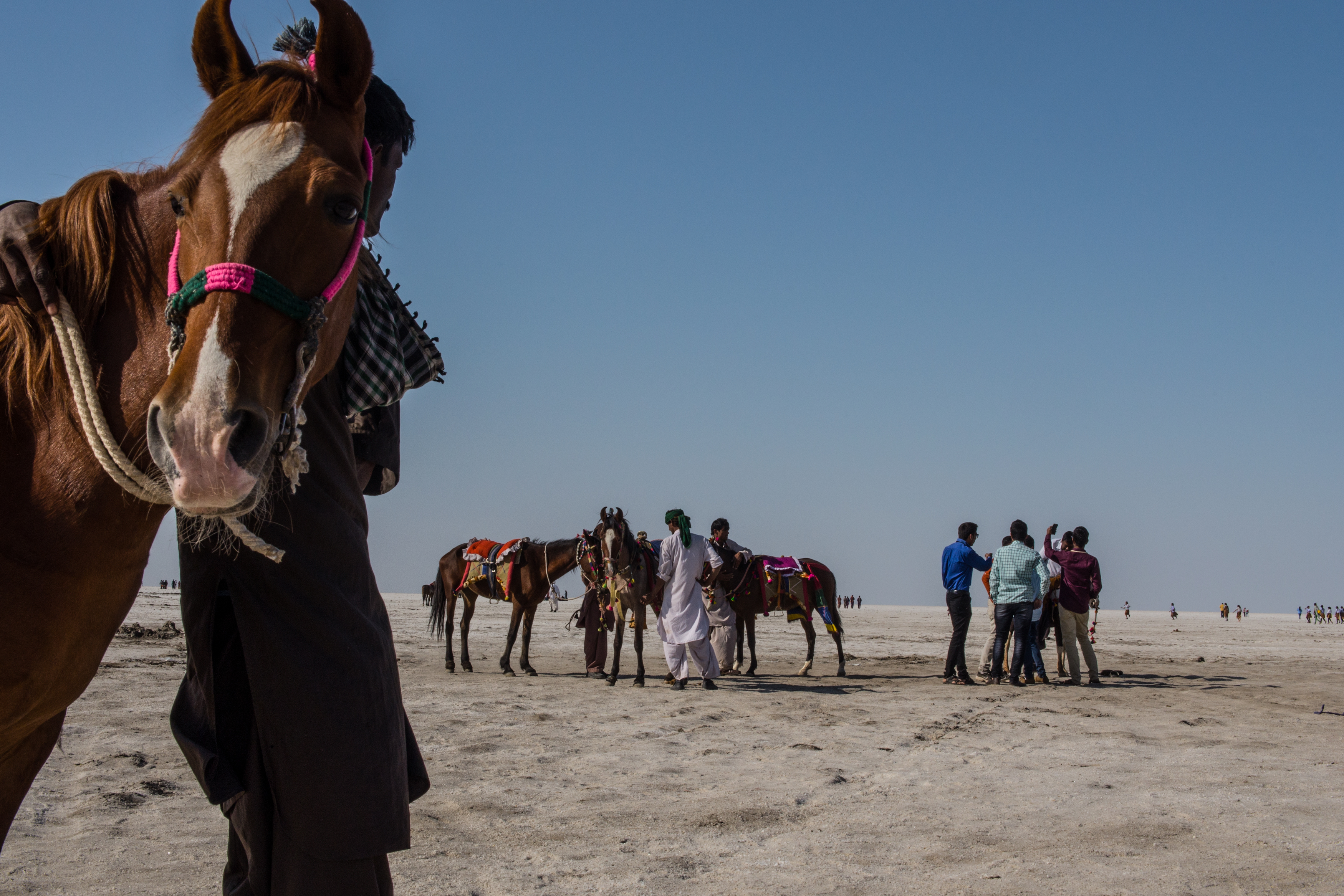
The landscape of Kutch is stark, spectacular, and stripped of vegetation except for some resilient acacias and the odd cotton fields. Yet, the monotonous and dusty roads are secret passageways to a vibrant ecosystem of nomadic tribes, artisan life and legends. Here, a leopard family lives in the low mountain. A tribal woman enrobed in technicolored, mirror-work embroidery metamorphoses into bright spot of color and flickering light as she crosses the field. Weavers hum away behind traditional looms while indigo-dyed fabric in sublime shades flow in the arid air. Men who are unafraid of wearing flowers on their shawls roam the Great Rann, the "white desert", with their festively adorned horses and camels. A favorite local legend tells of a sadhu who offered his own flesh to give to a starving jackal.
To enjoy the full story, become a Member.
Already a Member? Log in.
For $50/year,
+ Enjoy full-length members-only stories
+ Unlock all rare stories from the “Moowon Collection”
+ Support our cause in bringing meaningful purpose-driven stories
+ Contribute to those in need (part of your membership fee goes to charities)
EDITING: COPYRIGHT © MOOWON MAGAZINE /MONA KIM PROJECTS LLC. ALL RIGHTS RESERVED.
PHOTOS & TEXT: COPYRIGHT © MONA KIM / MOOWON MAGAZINE. ALL RIGHTS RESERVED.
TO ACQUIRE USAGE RIGHTS, PLEASE CONTACT US at HELLO@MOOWON.COM
